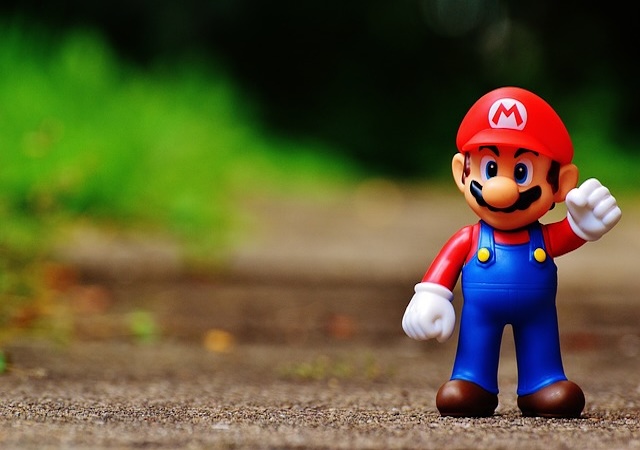November 28th, 2024
AI
In recent years, advancements in artificial intelligence have transformed the landscape of digital media creation, especially in video production. With the emergence of sophisticated algorithms and machine learning techniques, AI-generated videos are increasingly challenging our perceptions of reality, raising questions about authenticity, creativity, and the future of content consumption. This article explores how AI is generating videos that not only mimic reality but, in many ways, create experiences that surpass it.
The journey toward AI-generated video content began with the development of generative adversarial networks (GANs), which allow computers to generate realistic images and videos through a competitive process. A GAN consists of two neural networks—a generator and a discriminator—that work together to create and evaluate content. This technology has paved the way for applications ranging from deepfake videos to entirely computer-generated films.
Recent breakthroughs in AI have improved the quality and realism of generated videos. For example, tools like OpenAI's DALL-E and other image synthesis models have made it possible to create stunning visuals from textual descriptions. When applied to video, these advancements can produce dynamic and visually spectacular scenes that could captivate even the most discerning audiences.
AI-generated videos often excel in areas where human capabilities might fall short. For instance, AI can produce seamless transitions between complex scenes and create environments that push the boundaries of artistic imagination. Imagine a video that transports viewers through time or into fantastical landscapes that are purely the creation of algorithms—these experiences can be more immersive than traditional filmmaking.
Additionally, the efficiency of AI in generating these videos poses a significant advantage. Filmmakers and content creators can utilize AI tools to automate repetitive tasks, such as video editing and color grading, thus allowing them to focus on storytelling and creativity. As a result, the production process becomes faster and more cost-effective, facilitating the creation of more innovative content.
One of the reasons AI-generated videos can seem "better than reality" is the concept of hyper-reality—a state where the distinction between the real and the artificial becomes blurred. AI has the capacity to enhance visual elements, making them more vibrant or dramatic. For instance, in the realm of advertising and entertainment, AI can produce content that triggers emotional responses by amplifying visuals, sounds, and narratives in ways that real-life footage rarely can.
Furthermore, AI-generated content can personalize user experiences by analyzing viewer preferences and generating tailored videos. This level of customization means that viewers can engage with content designed specifically for them, enhancing their overall enjoyment and connection to the media.
While the rise of AI-generated videos offers countless possibilities, it also raises significant ethical concerns. The ability to create hyper-realistic deepfakes poses threats to privacy, misinformation, and trust in media. As AI technology becomes more sophisticated, the potential for misuse increases, necessitating more robust frameworks for regulation and accountability.
Additionally, the implications for traditional media industries, including film and television, are profound. As AI-generated content becomes more prevalent, questions arise about the value of human creativity and the authenticity of artistic expression. Will audiences prefer hyper-real AI narratives over traditional storytelling, and how will this affect the careers of artists and creators?
AI-generated videos are redefining our media landscape, offering viewers immersive experiences that often surpass the capabilities of traditional filmmaking. As technology continues to evolve, the line between reality and AI-generated content will likely become even more indistinct. While the opportunities for creativity and innovation are vast, it is crucial to navigate the ethical implications and challenges these advancements present. Ultimately, the future of video production will be characterized by a remarkable synergy between human creativity and artificial intelligence, allowing us to craft stories that resonate in ways we have yet to fully understand.